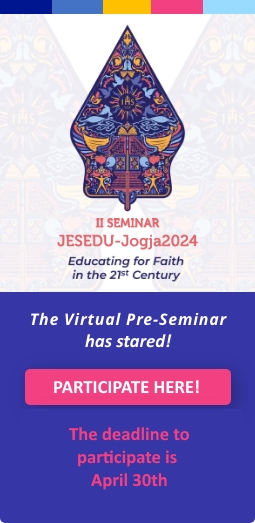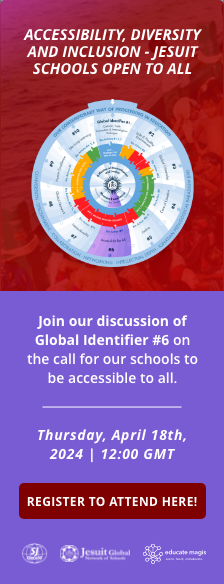At a recent conference for teachers of modern languages in the New York City area, one presenter began her session, with what’s become the obligatory turn and talk warm-up, by asking us to fill in the blanks: “I used to ____________ but now I __________.” I scribbled down a few ideas before landing on something I thought worth sharing with the attendees nearby: “I used to think planning is everything, but now I know the importance of adapting in the moment. A nice conversation ensued with colleagues about how knowing and applying “best practices” are two different things, and how with each school year we put something new into practice. I think this is the beauty in teaching — you get to invent and reinvent on a daily basis. Don’t get me wrong, I recycle lessons and have a Google Drive folder labeled “actividades” that can be differentiated to almost any level in a pinch, but I thoroughly enjoy being in a work space that allows for the freedom and creativity to try new things regularly. Innovation seems to me a necessary skill that everyone in education does, noticeably or tacitly, on a regular basis.
As a language teacher focused on increasing my students’ proficiency levels, my number one goal is for them to communicate more naturally. This is not a hard selling point: ask anyone learning a second, third, fourth, etc. language and they will tell you they want “to be able to have a conversation.” One way I have found to bring the spontaneity of a conversation successfully into the classroom is by taking a moment to begin each class with an invitation to students to share something newsworthy with their classmates – it can be local, national, or global. This has increased their active vocabulary of current issues, many very specific that you wouldn’t come across in a textbook, although, I admit after just shy of a semester doing this, I’ve found very local — things happening at school and in classes — and sports headlines — did I mention I work at an all boys school? — to be the most common, leading topics.
Nevertheless, it is a great way to hear what students are interested in, who and what they’re following outside of school, what other happenings they’re un/aware of; and best of all, it demands all of us to be present in the moment: for those first few moments, we are not worried about who did or did not complete the homework, or what class they’re coming from, or what exam awaits them later in the day. In short, students are active participants, contextualizing content and constructing knowledge. Taking time out of the “curriculum” to discuss the news has had meaningful impact on my classes, and more often than not, leads to students looking into issues more thoroughly on their own. Here’s one example: when Juan Guaidó recently self-proclaimed himself president of Venezuela, the class discussion spanned the legality of his statement, the January 10th presidential elections, the booming economy under the previous administration, and the implications of the U.S. foreign policy in Latin America. No, this wasn’t done in a “moment” at the start of class, but developed over several weeks and is still something we are following as a class; if you asked me back in September, I couldn’t have imagined covering this topic in as much detail with a group of sophomores…
In addition to using newsworthy topics as a warm-up, I have found using the news in class to be a great resource, easily adaptable to the regularly scheduled programming, i.e. the curriculum. As a language teacher, I realize this might be easier given the topics we cover throughout the year, but I imagine many of the same considerations could be taken into account in other disciplines, not to mention the overriding Jesuit ideals that span our work. News outlets — from traditional news sites to social media platforms — have more and better reports available using new media, live streams, videos, virtual reality, and other interactive features that are easy to access and share. Even comparing one news story across multiple platforms gives students a broader perspective on an issue, allows them to build vocabulary while analyzing the writer’s point of view, and, ultimately, helps them to develop their digital literacies. It’s a great way to see students working as both critical learners and global citizens. At the conference I mentioned at the start, I gave a presentation on other ways of incorporating news in the language classroom; if you’re interested, you can see more examples in this slide presentation: “What’s New(s)?: Current Affairs in the Language Classroom.”
As spring begins to take hold here in Jersey City, and we anticipate the fast-approaching end of the school year, I look forward to reflecting on others areas of innovation in my day-to-day work, and hearing others’ thoughts, ideas, and ongoing work!

